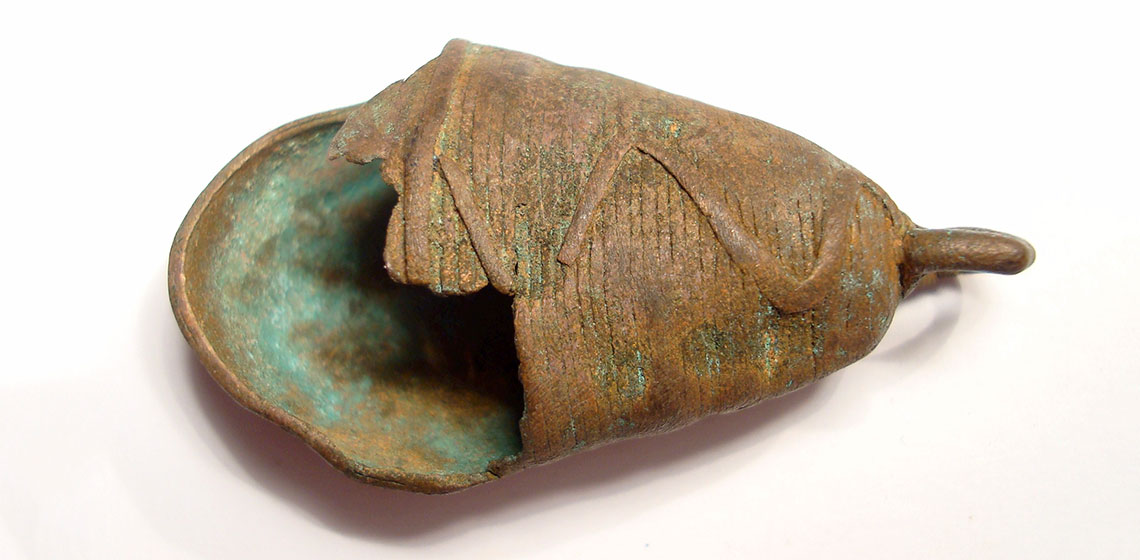music & musical instruments
Anatomy of Prehispanic Bells - Study of an Ancient Lost Process
Publication Date
The elaboration of bells in the Prehispanic Era was of great importance due to the special meaning attributed to them in religious ceremonies. Today, knowledge of the techniques that were used in their fabrication is scant and lacking in detail. For that reason, the objective of the present study was to carry out a morphological study of bells from western Mexico...

